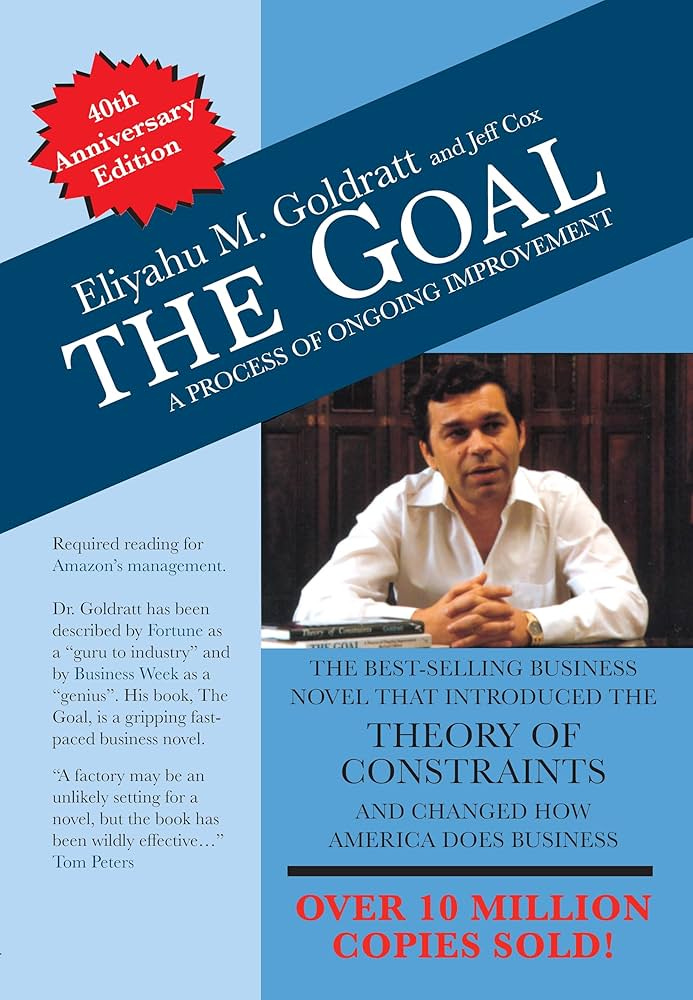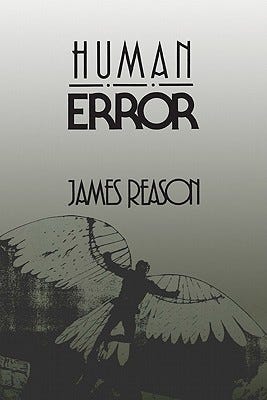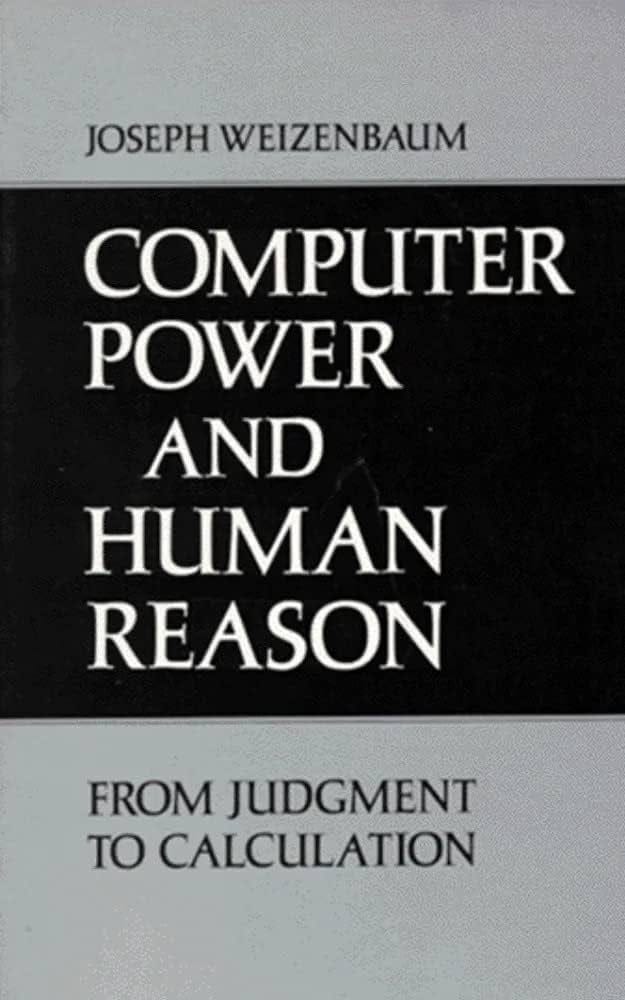5 Books That Will Transform How You Think About Systems
A reading list for anyone who wants to understand why systems fail, how humans and machines interact, and what makes you truly effective
If you’ve ever wondered why smart people make terrible decisions, why efficient processes somehow produce inefficient results, or why adding more technology doesn’t always solve problems, you need to understand systems thinking. On this substack, I write extensively about systems thinking from a intellectual, theoretical and conceptual level, often with specific examples.
As I reflect on my love for systems thinking, I have called to mind five books that have had a huge impact on my thinking and understanding of systems. These five books will fundamentally change how you see the world of human-machine interactions, organizational behavior, and the hidden forces that shape our daily experiences.
1. Essence of Decision by Graham Allison
This book takes one event, the Cuban Missile Crisis, and examines it through three completely different lenses, revealing something profound about how we make sense of complex events, human choice, consequence, and results. Allison demonstrates that the same crisis can be understood as a rational actor making calculated moves, as organizational routines and standard operating procedures clashing, or as political bargaining between competing interests.
What you’ll learn: The ability to frame a singular event in several different ways isn’t just an academic exercise. It’s essential for anyone trying to understand why systems behave the way they do and why we end up with unexpected results. Most importantly, you’ll see how organizational behavior has an enormous impact on decisions, often more than individual intelligence or intention. The book also exposes the mistakes that come from rules-based thinking when those rules don’t account for the complexity of real situations.
This multi-perspective approach is crucial for anyone designing or working within systems. When something goes wrong, your first instinct might be to blame poor decision making. But Allison shows that the real culprit is often the organizational structures and processes that constrain and shape those decisions in the first place.
2. The Goal by Eliyahu Goldratt
Disguised as a novel about a plant manager trying to save his factory, this book introduces one of the most powerful frameworks for understanding system performance: the Theory of Constraints. Goldratt argues that every system is limited by its bottleneck, and that improving anything other than the bottleneck is an illusion of progress.
What you’ll learn: The difference between localized optimization and total system optimization. You’ll discover why making individual parts of a system (i.e. departments) more efficient can actually make the entire organization less effective. The book reveals how bottlenecks don’t just limit throughput; they expose the fundamental tensions between human intuition and system reality.
This thinking is essential for anyone dealing with complex processes, whether you’re trying to improve manufacturing, software development, or even personal productivity. The insights about constraints will change how you allocate resources and prioritize improvements forever.
3. Man and Technics by Oswald Spengler
Written in 1931, this prescient work examines technology not as separate tools we use, but as extensions of humanity itself. Spengler explores how our creations shape us just as much as we shape them, creating feedback loops (Post from
, give it a read) that produce unintended consequences and reveal system limits we never anticipated.What you’ll learn: Technology isn’t neutral. Every system we create carries within it certain assumptions about how humans should behave and what outcomes we should value. Spengler shows that the outcomes we see are systematic, not individualized. This means that when systems fail, it’s rarely because of individual incompetence, but because of deeper structural issues.
The book offers a sobering perspective on the limits of technological solutions and the importance of understanding the human element in any system design. It’s particularly relevant as we navigate increasing automation and artificial intelligence integration.
4. Human Error by James Reason
This is the definitive work on why people make mistakes and how systems can be designed to prevent catastrophic failures. Reason introduces the famous “Swiss Cheese Model” of accidents and provides frameworks for understanding the different types of human error and their implications.
What you’ll learn: The distinction between active failures (the obvious mistakes) and latent errors (the system conditions that make those mistakes inevitable). You’ll understand the SRK framework (Skill-based, Rule-based, and Knowledge-based behavior) and how each type of human performance interacts differently with system design.
Most importantly, Reason shows that human-machine interactions represent the critical leverage point for both increasing performance and avoiding catastrophe. Rather than trying to eliminate human error, effective systems are designed to make errors less likely and their consequences less severe.
5. Computer Power and Human Reason by Joseph Weizenbaum
Written by one of the pioneers of artificial intelligence, this book serves as both a technical exploration and a moral warning about the relationship between humans and automated systems. Weizenbaum argues that as we delegate more decisions to computers, we risk losing something essential about human judgment and responsibility.
What you’ll learn: Moral responsibility cannot and should not be given to computers or automated systems. The book explores the risks of surrendering human agency to systems, even when those systems appear more efficient or accurate than human decision making. Inspired by this book, and others, I’ve written an essay on responsible tech here.
Perhaps most importantly, Weizenbaum demonstrates that increases in system complexity don’t necessarily lead to increases in understanding. Often, the opposite is true. As our systems become more sophisticated, we become less capable of predicting their behavior or correcting their mistakes.
Why These Books Matter Now
These five books share a common insight: the most important problems we face aren’t technical problems, they’re systems problems. Whether you’re trying to improve organizational performance, design better human-computer interfaces, or simply understand why things go wrong, you need to think in terms of interactions, constraints, and unintended consequences.
Each book approaches systems thinking from a different angle, but together they provide a comprehensive toolkit for anyone who wants to build more effective, more resilient, and more humane systems.
The beauty of systems thinking is that once you see these patterns, you can’t unsee them. You’ll start noticing bottlenecks everywhere, recognizing how organizational structures shape decisions, and understanding why the most obvious solutions often create new problems. More importantly, you’ll be equipped to design better solutions that work with human nature rather than against it.








30 years ago I learned system thinking and dynamics using MIT’s Roadmaps and through the use of Stella software. You can now get MIT’s Roadmaps books (10 of them) here - no cost. Really good information if you want to learn the information. https://www.clexchange.org/curriculum/roadmaps/rm2.asp